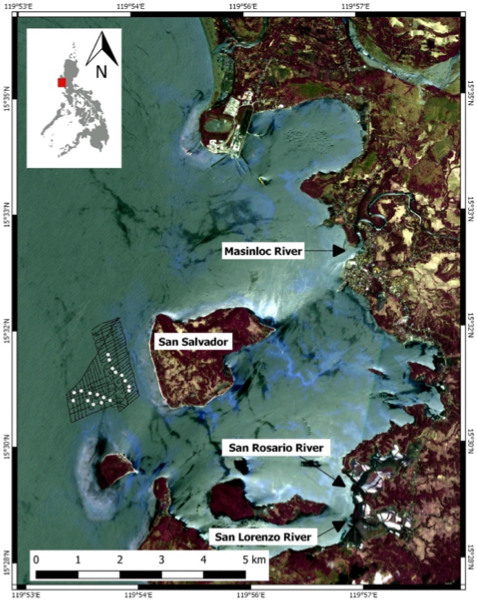VOLUME 12 NUMBER 1 (January to June 2019)

Philipp. Sci. Lett. 2019 12 (1) 095-101
available online: June 30, 2019
*Corresponding author
Email Address: pflores@msi.upd.edu.ph
Date Received: October 31, 2018
Date Revised: February 11, 2019
Date Accepted: June 13, 2019
ARTICLE
Identifying potential upper mesophotic coral ecosystems in Masinloc, Zambales, Philippines using recreational-grade side scan sonars
by Paul Caesar M. Flores*1, Fernando P. Siringan1, Ritzelle L. Albelda2, Kevin Thomas B. Go2, and Patrick C. Cabaitan2
1Geological Oceanography Laboratory, Marine Science Institute,
University of the Philippines Diliman, Quezon City, Philippines
2Coral Reef Ecology Laboratory, Marine Science Institute,
University of the Philippines Diliman, Quezon City, Philippines
University of the Philippines Diliman, Quezon City, Philippines
2Coral Reef Ecology Laboratory, Marine Science Institute,
University of the Philippines Diliman, Quezon City, Philippines
Recreational-grade side scan sonars (RGSSS) have become available in recent years. They provide high-resolution imagery similar to more expensive models but have limited depth coverage. RGSSS have been used in mapping of benthic communities in rivers and shallow reefs; however, their ability to identify potential upper mesophotic coral ecosystems has not been explored. In this study we use a dual frequency RGSSS operating at 86/455 kHz to generate a bathymetric chart and substrate map showing the distribution of rocky/coraline substrates and loose sediments. Ground truthing utilized drop camera images of the seafloor and limited diver observations. The survey covered a total area of 2.34 km2 with a depth range of 1.5–117 m. Rocky/coralline substrate covered 0.86 km2, while loose sediments covered 0.74 km2; the remaining area is unclassified due to the loss of sound signals at depths greater than 40 m. The accuracy in discriminating hard-bottom habitats from loose sediments is 89% with a kappa coefficient of 0.78, which shows that RGSSS can be used in mapping the upper mesophotic zone (30-40 m). However, the user must be aware of certain limitations such as (1) the lack of a manufacturer-supported georeferencing tool, means that the geometric error of the sonar image may be magnified, and (2) the lack of standard procedures for processing this type of sonar images.
© 2025 SciEnggJ
Philippine-American Academy of Science and Engineering